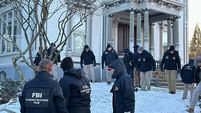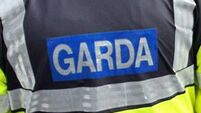Mudslide death toll rises
The discovery of more than 130 bodies pushed the number of dead and missing in mudslides linked to Hurricane Stan to more than 1,000, as Guatemala’s Indian communities struggled today with the fact they must abandon the dead, give up traditional burial rites and declare many communities graveyards.
The first rescue teams reaching the isolated western township of Tacana, near the Mexico border, confirmed the death toll nationwide had risen to 652 with 384 missing.














